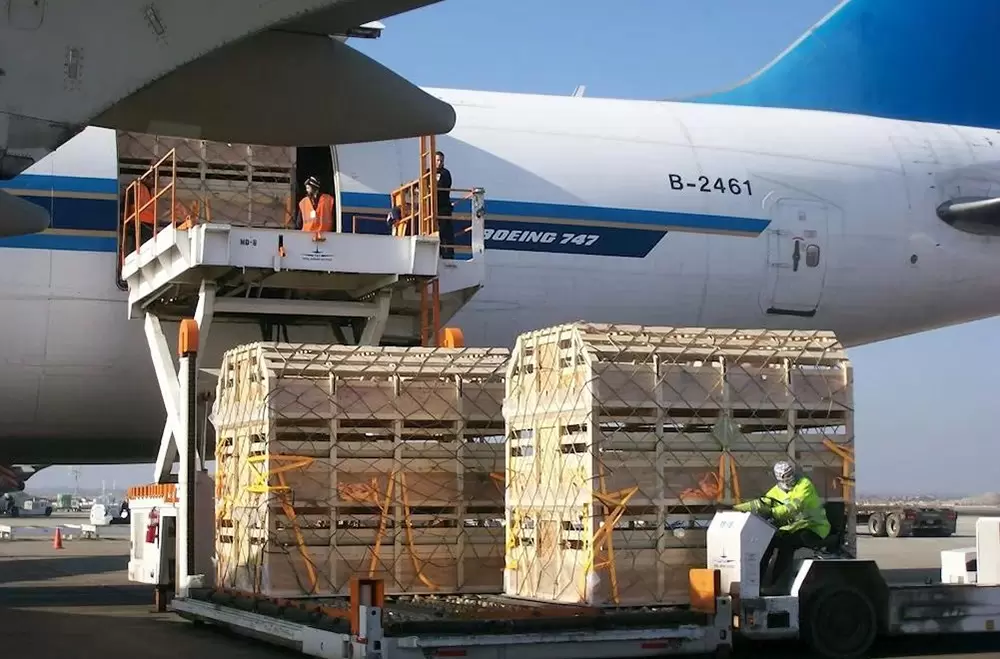Transportation plays a vital role in our daily lives, connecting people and goods across the globe. While safety is a paramount concern, not all modes of transportation are created equal in terms of their safety records. In this blog post, we will delve into the topic of the least safest transportation options, exploring the risks and challenges associated with each mode. From land to air and sea, we will uncover the realities and provide insights into how to stay safe while traveling.
- Motorcycles: A Risky Ride:
Motorcycles, known for their speed and maneuverability, are also notorious for their high accident rates. With minimal protection for riders, accidents can result in severe injuries or fatalities. Factors such as reckless driving, lack of protective gear, and poor road conditions contribute to the heightened risk. To mitigate these risks, it is crucial for motorcyclists to prioritize safety measures, including wearing helmets, obeying traffic rules, and undergoing proper training. - Water Transportation: Navigating Hazards:
While water transportation offers an efficient means of travel, it is not without its dangers. Accidents involving boats, ships, and ferries can occur due to various factors, including adverse weather conditions, human error, and equipment failure. Additionally, the risk of drowning poses a significant threat, especially for those who are not proficient swimmers. To enhance safety, passengers should ensure that vessels comply with safety regulations, wear life jackets, and stay informed about weather conditions before embarking on water journeys. - Air Travel: Balancing the Skies:
Air travel is generally considered one of the safest modes of transportation. However, it is not immune to risks. Incidents such as plane crashes, turbulence-related injuries, and security breaches highlight the potential dangers associated with air travel. While these incidents are relatively rare, they garner significant attention due to their catastrophic nature. To ensure a safe flight, passengers should follow all safety instructions, maintain awareness of emergency procedures, and stay updated on any travel advisories. - Pedestrian Safety: A Global Concern:
Walking may seem like the most innocuous form of transportation, but pedestrian safety is a global concern. Lack of proper infrastructure, distracted driving, and non-compliance with traffic rules contribute to accidents involving pedestrians. To improve safety, governments and communities must invest in pedestrian-friendly infrastructure, enforce traffic regulations, and promote awareness campaigns to educate both drivers and pedestrians.
Conclusion:
While transportation is an essential aspect of modern life, it is crucial to be aware of the risks associated with different modes of travel. From motorcycles to water transportation, air travel to pedestrian safety, each mode presents its own set of challenges. By understanding these risks and taking appropriate safety measures, we can minimize the likelihood of accidents and ensure safer journeys for all. Remember, safety should always be a priority, regardless of the mode of transportation you choose.


